Why schools are failing students with dyslexia
Students with dyslexia often struggle to read due to brain’s inability to process text efficiently.
Before I began my first day of kindergarten, I remember my mom coming up to me and asking what I was most excited to learn in kindergarten. I excitedly proclaimed that I wanted to learn to read all of the books on our bookshelf on my own; little did I know that I wouldn’t be capable of doing so nearly three years later. I had dyslexia, and had no idea.
According to the International Dyslexia Association, dyslexia is a neurobiological learning disability characterized by difficulty with accurate word recognition and spelling. Dyslexia is one of the most common learning disabilities and is thought to affect one in five people in the United States according to a Yale study. Of those with reading difficulties, dyslexia is estimated to make up anywhere from 70-80% of cases.
Despite this, dyslexia continues to be one of the most under-diagnosed learning disabilities within schools. In the United States, it is estimated that 40 million adults are dyslexic, while only two million of those adults have a formal diagnosis. These statistics are detrimental to the 95% of people who will never be diagnosed with dyslexia because when caught early, specific phonics-based reading programs can help students train their brains to decode and process words more effectively, ultimately allowing them to read at a level that is academically necessary.
Many students are not lucky enough to receive the necessary intervention while in school. Dyslexia can often be ignored as a potential reason for students struggling to learn to read. Even if a student is diagnosed with dyslexia, schools often lack the resources and professionals to help students with dyslexia learn to read.
This was the reality for me. When I was in second grade my mom-a teacher- first identified that I might be suffering from dyslexia, after she noticed that I was struggling to read and spell. Throughout her career, she had seen countless students suffer from dyslexia and understood the importance of getting a formal diagnosis. When she approached my school with this, she was told that the school did not provide any sort of specialized intervention for students with dyslexia.
My mom was told that I could continue using their reading intervention program that was based on repeated reading, or my family could find someone outside of the school district to tutor me with a phonics-based program. Knowing that the intervention the school was already providing me would do nothing for my learning disability, my family was forced to find our own tutor to help me work through my dyslexia.
Although the situation was unfortunate, I was lucky that my mom could recognize my dyslexia early and had connections in order to find a tutor for me. For three years I worked through a program called “Slant” which focuses on phonics and spelling rules in order to allow students with dyslexia to become more effective readers. Many students aren’t this fortunate.
Because of the tutoring I received, I was able to eventually get my reading up to grade level and finally could work at my academic potential. For the other estimated 10% of the students in my class also suffering from dyslexia, they were never able to receive the necessary intervention for their learning disability. This sets these students up for failure and immediately holds them back from their peers.
Students with dyslexia deserve to be diagnosed and receive proper assistance for their disability. Schools are fundamentally putting dyslexic students at a disadvantage by not providing dyslexia specific interventions. All students deserve to have the services provided that will allow them to reach their academic potential.

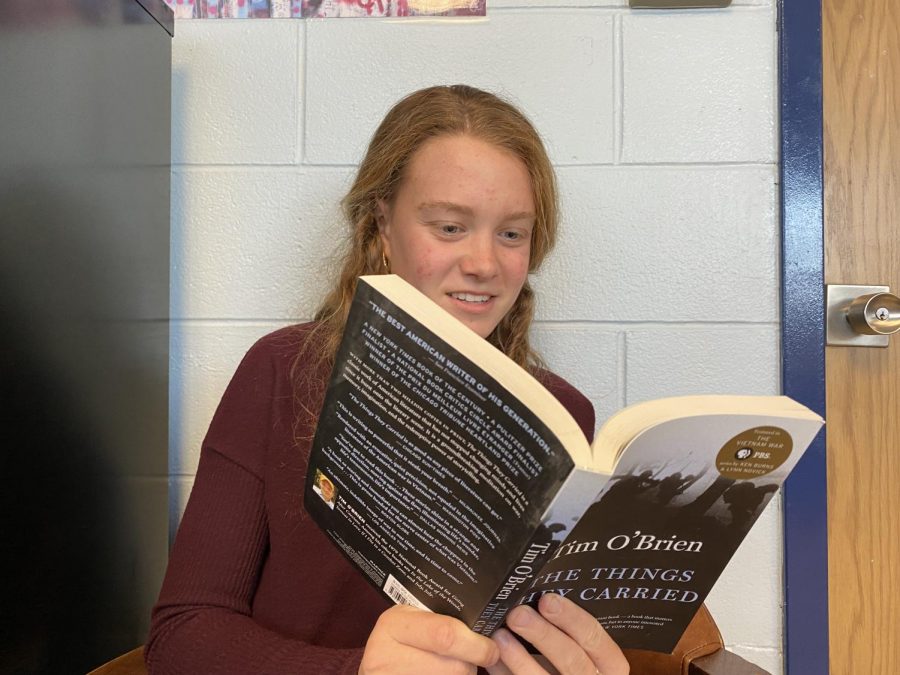
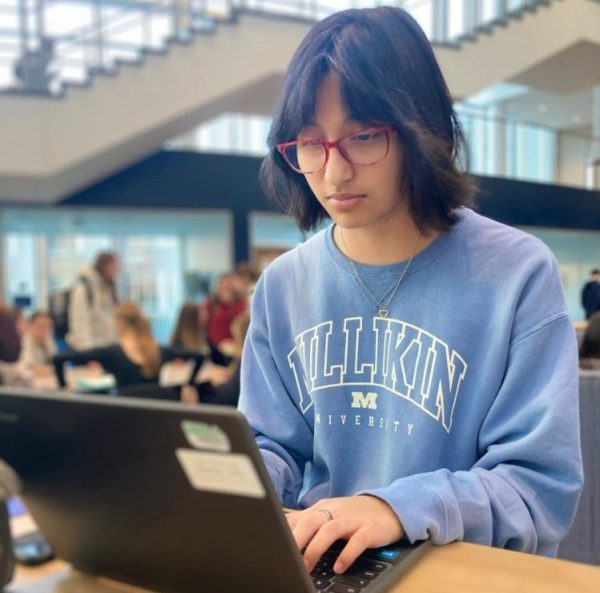
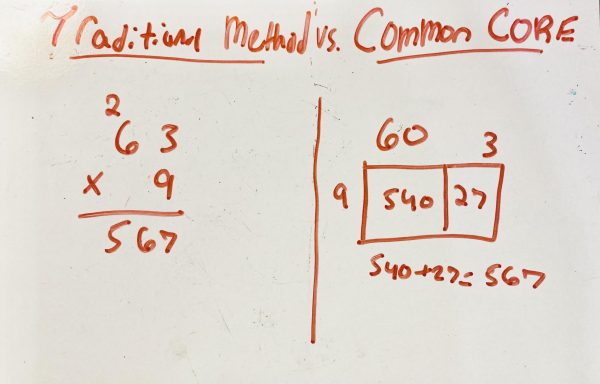
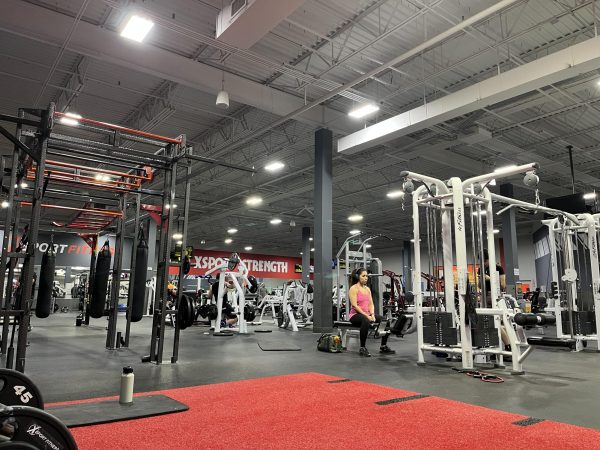
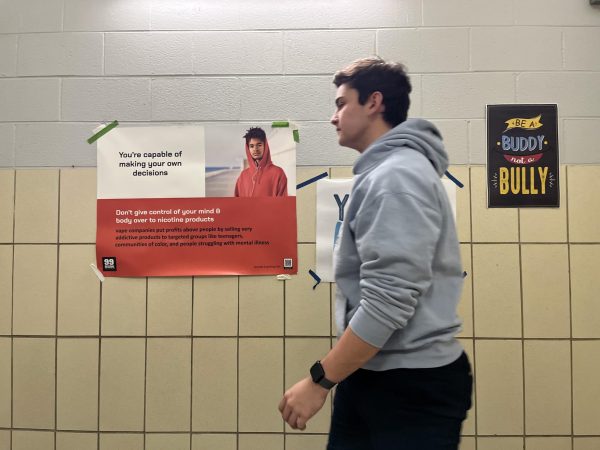
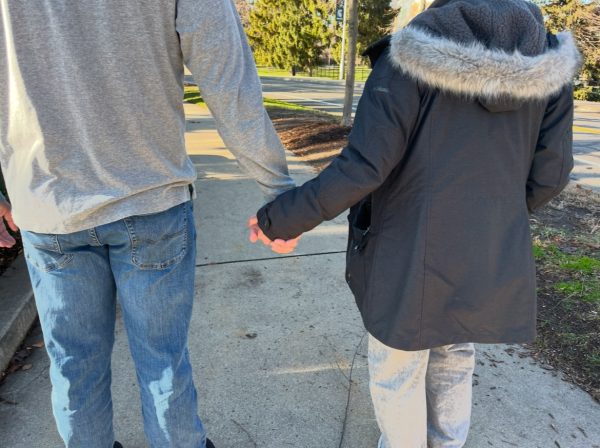


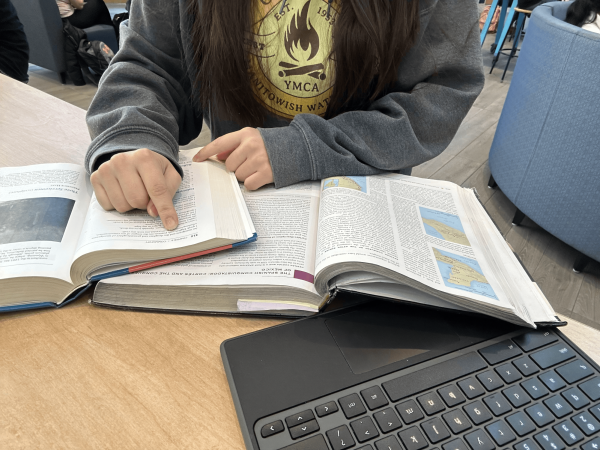

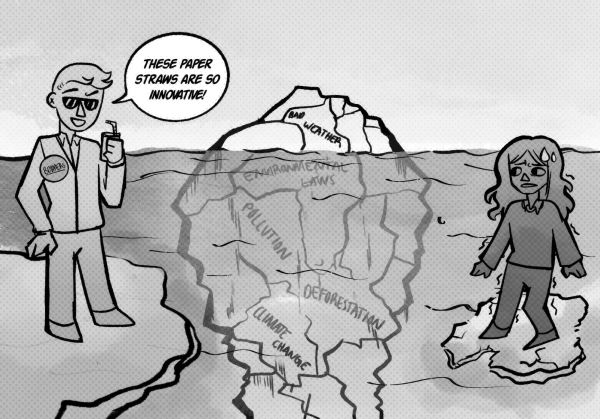
Jennifer L. Walsh • Mar 12, 2025 at 5:51 pm
How is it legal for schools to deny these students services for their reading and writing deficits due to a disability? Lack of funds or staff is stated as not a legal excuse to deny FAPE.
Should all parents just sue the school districts for compensation to ensure they financially support all of the children they sabotage, by literally not doing their job, and denying these students their education, which would lead to their employment, and for all of the mental health care they will need and their living expenses? How can thse schools set up these kids to fail earning a living on their own? HOW?